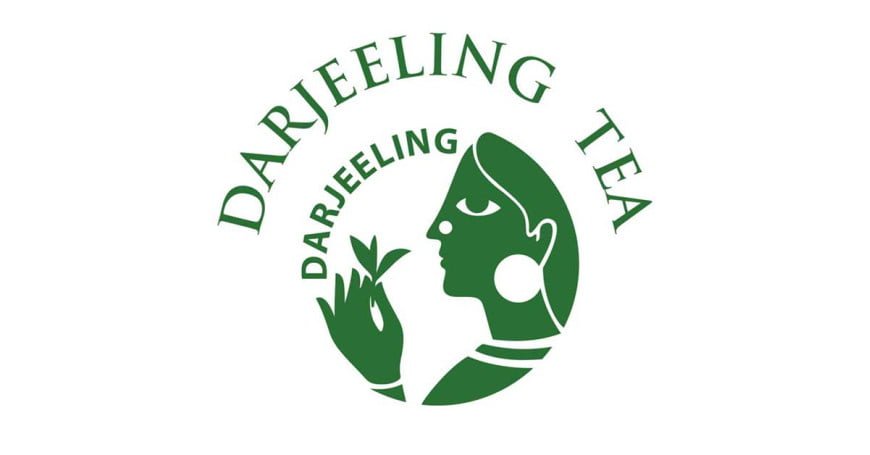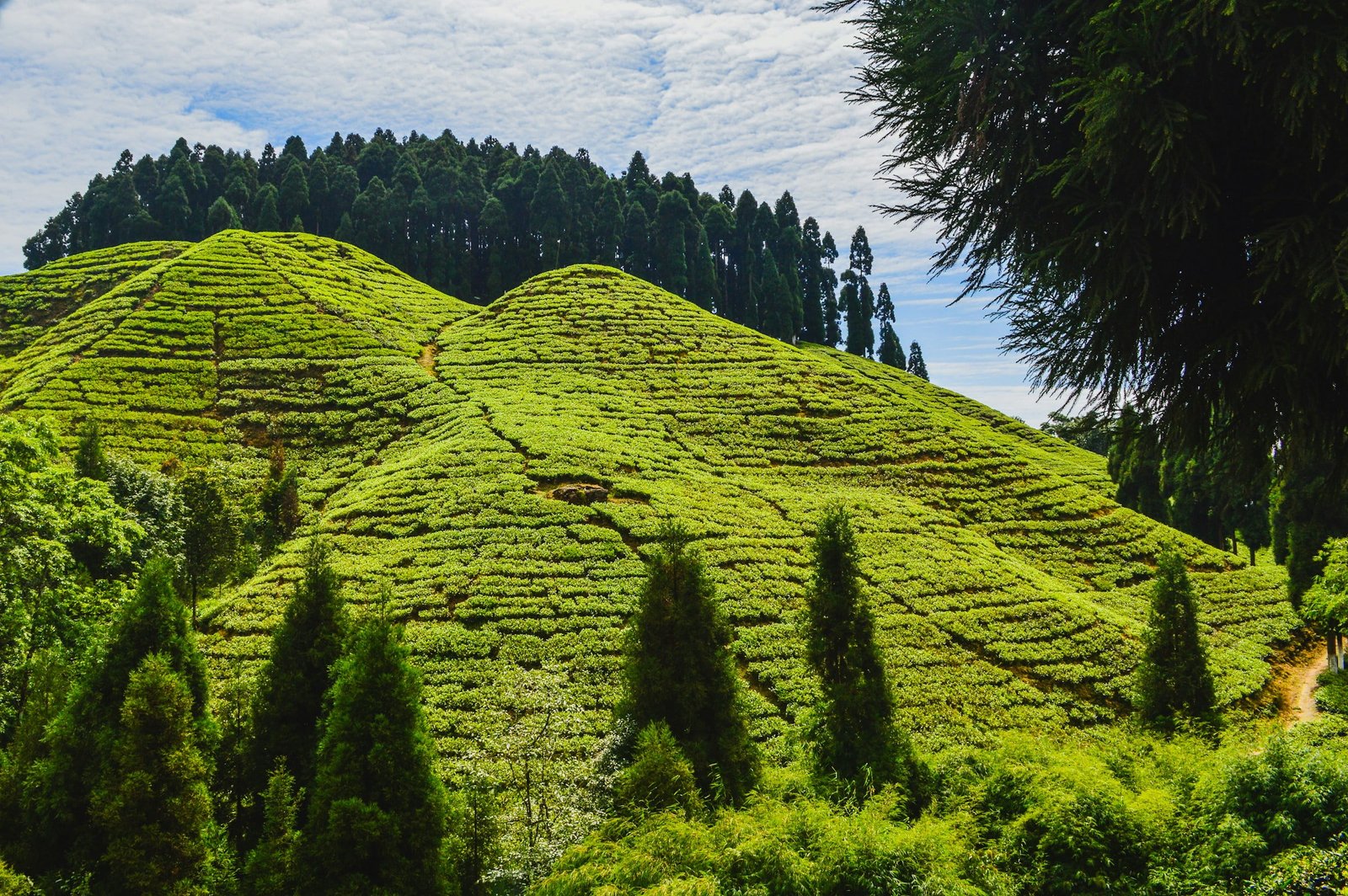Darjeeling tea is often referred to as the “Champagne of Teas” due to its unique flavor, aroma, and quality. However, with the rise in popularity of this exquisite tea, the market has been flooded with counterfeit products. To ensure you’re purchasing authentic Darjeeling tea, follow this comprehensive guide.
1. Understand the Origin of Darjeeling Tea
Authentic Darjeeling tea is grown exclusively in the Darjeeling district of West Bengal, India. The region’s unique climate, altitude, and soil conditions contribute to the tea’s distinctive taste. Only tea grown in this area and produced in one of the 87 tea gardens registered under the Tea Board of India can be labeled as Darjeeling tea.
2. Look for the Darjeeling Tea Logo
The Tea Board of India has a specific logo for authentic Darjeeling tea, featuring a woman holding two leaves and a bud. This logo is a sign of quality and authenticity. Always check for this logo on the packaging to ensure that the tea you’re buying is genuine.

3. Check for Certification and Labeling
Authentic Darjeeling tea is protected by the Geographical Indication (GI) tag. This certification guarantees that the tea was grown, processed, and packaged in the Darjeeling region. Look for the GI tag on the packaging, along with the name of the specific tea estate. Also, check for details such as the flush (first, second, or autumnal) and the grade of tea, which indicates its quality.
4. Know the Different Flushes
Darjeeling tea is harvested in three main flushes—First Flush (spring), Second Flush (summer), and Autumnal Flush. Each flush has a distinct flavor profile:
- First Flush: Light, floral, and astringent, often considered the purest.
- Second Flush: Rich, musky, and full-bodied, with a fruity aroma known as “muscatel.”
- Autumnal Flush: Smooth, mellow, and less intense, with a balanced flavor.
Understanding these differences will help you choose the type of Darjeeling tea that best suits your taste preferences.
5. Buy from Reputable Sources
To ensure you’re getting authentic Darjeeling tea, purchase from reputable tea sellers, either online or in-store. Renowned brands and tea estates usually offer certifications or documentation confirming the tea’s origin. Avoid buying from unknown sources or street vendors, as these may sell counterfeit products.
6. Consider the Packaging
Authentic Darjeeling tea is usually packaged in air-tight containers or vacuum-sealed packs to preserve its freshness. The packaging should include clear information about the tea estate, flush, grade, and date of packaging. Poor packaging can be a red flag for counterfeit tea.
7. Evaluate the Price
Authentic Darjeeling tea is relatively expensive due to its limited production and high quality. If the price seems too good to be true, it probably is. Be cautious of significantly cheaper options, as they may be mixed with inferior teas from other regions.
8. Smell and Taste
If possible, smell and taste the tea before purchasing. Authentic Darjeeling tea has a complex aroma with floral, fruity, and sometimes spicy notes. The taste should be well-rounded with a characteristic astringency, especially in the First Flush.
9. Research and Reviews
Before making a purchase, do some research on the tea estate or brand you’re considering. Reading reviews from other buyers can give you insights into the quality and authenticity of the tea. Trusted online platforms and tea forums are good places to find reliable information.
10. Ask for Expert Advice
If you’re new to Darjeeling tea, don’t hesitate to ask for advice from experts or experienced tea drinkers. They can guide you to the best sources and help you understand the nuances of different flushes and grades.
What Not to Buy: Avoiding Common Pitfalls
To ensure you don’t fall for counterfeit or subpar Darjeeling tea, here’s what you should avoid:
1. Avoid Tea Without the Darjeeling Logo and GI Tag
Never buy tea that doesn’t carry the official Darjeeling logo and the Geographical Indication (GI) tag. These marks are crucial in verifying the authenticity of the tea. If the packaging lacks these identifiers, it’s likely not genuine Darjeeling tea.
2. Steer Clear of Cheap Imitations
If you come across Darjeeling tea being sold at a very low price, be cautious. Authentic Darjeeling tea comes at a premium due to its quality and limited production. Inexpensive options might be blended with lower-quality teas or could be entirely fake.
3. Don’t Buy Tea from Unverified Sellers
Avoid purchasing Darjeeling tea from unverified or unknown sellers, especially those who don’t provide clear information about the tea’s origin. Stick to reputable sellers who can guarantee the authenticity of their products.
4. Say No to Poorly Packaged Tea
Tea that is not properly sealed or stored in inadequate packaging should be avoided. Authentic Darjeeling tea is usually vacuum-sealed or stored in airtight containers to preserve its freshness and flavor. Loose or damaged packaging could indicate poor quality or old tea.
5. Avoid Mass-Market Brands
Large-scale mass-market brands often blend Darjeeling tea with other teas to reduce costs, compromising the unique flavor and quality. If you’re looking for the authentic taste of Darjeeling, it’s best to buy from specialized tea sellers who focus on high-quality, single-origin products.
6. Don’t Fall for Misleading Labels
Some teas are labeled as “Darjeeling-style” or “Darjeeling blend,” which can be misleading. These teas may contain only a small percentage of Darjeeling tea or none at all. Always read the label carefully and look for clear information about the tea’s origin and composition.
7. Beware of Flavored or Scented Darjeeling Tea
While flavored teas can be enjoyable, adding flavors or scents can mask the true essence of Darjeeling tea. Authentic Darjeeling tea has a natural, complex flavor profile that doesn’t need any additives. If you’re buying Darjeeling tea, opt for the pure, unflavored variety to experience its true taste.
Buying authentic Darjeeling tea requires careful consideration and awareness of the key factors that distinguish genuine tea from counterfeits. By following this guide and avoiding common pitfalls, you can ensure that you’re getting the best possible Darjeeling tea, with all its rich flavors and unique characteristics intact. Enjoy the experience of savoring a truly world-class tea!


